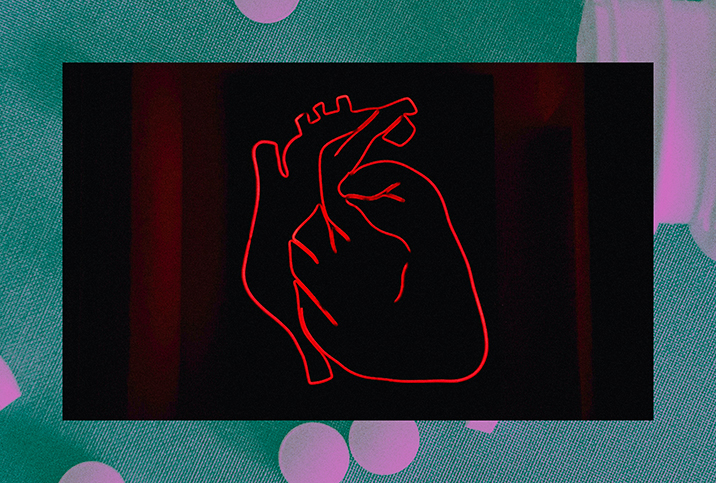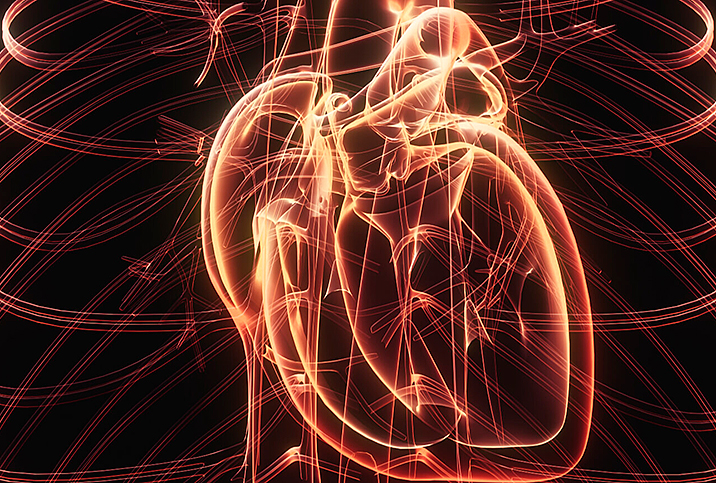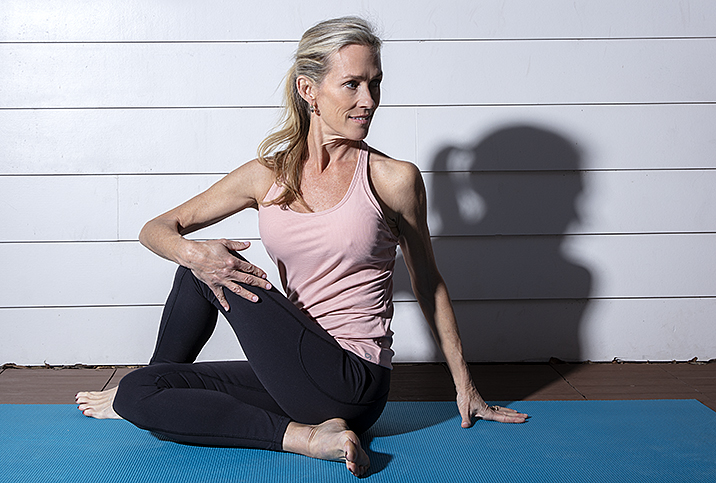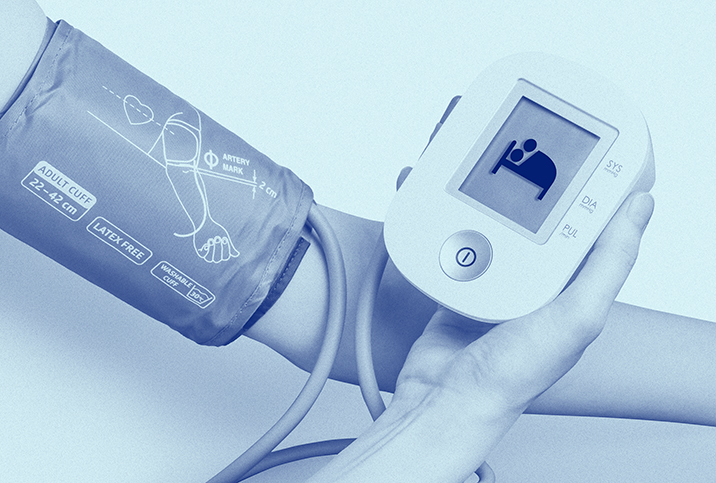How Does Heart Disease Affect Women?

Heart disease refers to multiple heart conditions, such as coronary artery disease, heart valve disease, congenital heart disease and heart failure. The most common type of heart disease in the United States is coronary artery disease.
A common misconception about heart disease and heart attacks is that they primarily affect men. However, heart disease is the number one cause of death for both women and men in the U.S.
Signs of heart disease for women
Women experience the symptoms of heart disease and heart attacks differently than men and are more likely to die within a year of having a heart attack.
Men typically experience shortness of breath, vomiting, chest pain and neck/jaw/back pain before a heart attack. Women can experience any of these symptoms, in addition to fainting, abdominal pain, chest tightness, indigestion and fatigue.
Many women who don’t know how to recognize the symptoms of heart disease or a heart attack will wait too long to seek medical treatment and end up with heart damage as a result. Women might be diagnosed with heart disease less often than men because they are unaware of what symptoms to report. This is why it’s so important for women to be aware of heart disease indicators.
Top risk factors for women
Knowing what lifestyle choices and genetic factors contribute to heart disease can help you reduce your risk. Here are the top risk factors for heart disease among women:
- Diabetes
- Overweight or obese
- Consuming too much alcohol
- Heavy smoker
- High blood pressure
- High cholesterol
- Physically inactive
- A family history of heart disease
- Depression
- Exposed to stress on a regular basis
Endometriosis can drastically raise the risk of heart disease for women under 40. And women who develop diabetes or high blood pressure during pregnancy also have an increased risk.
Reducing risk
If you’ve discovered you’re at high risk of heart disease or if you just want to reduce your risk regardless of your current health status, here are some measures you can take:
- Monitor your blood pressure regularly.
- Monitor your cholesterol levels to make sure they’re healthy.
- Exercise regularly. The Department of Health and Human Services recommends getting at least 30 minutes of exercise per day.
- Quit smoking.
- Don’t drink excessively.
- Maintain a healthy diet.
- Find ways to manage your stress with yoga, meditation or other mindfulness practices.
Your doctor can help you find the most effective ways to reduce your risk of heart disease and devise a health plan given your age and medical conditions.
What to do if you’re diagnosed with heart disease
Getting diagnosed with heart disease is serious but does not necessarily mean you're facing a terminal illness. Treatments for heart disease among men and women are very similar and may include making lifestyle changes, taking medications or getting surgeries to improve blood flow to the heart. Treatments such as angioplasty, stents and coronary bypass surgery work just as well for women as men, although women may experience more complications after cardiac surgery than men, such as higher infection rates.
Heart disease is the leading cause of death globally, and yet it is largely preventable. The American Heart Association (AHA) estimates an astounding 80 percent of cardiovascular disease could be prevented through greater awareness and efforts to reduce risk factors and disparities in overall health and health care. You can do your part to educate friends and family about heart disease in women by sharing this article and other great links you find on the internet, and participating in the AHA’s annual Wear Red Day in February.


















